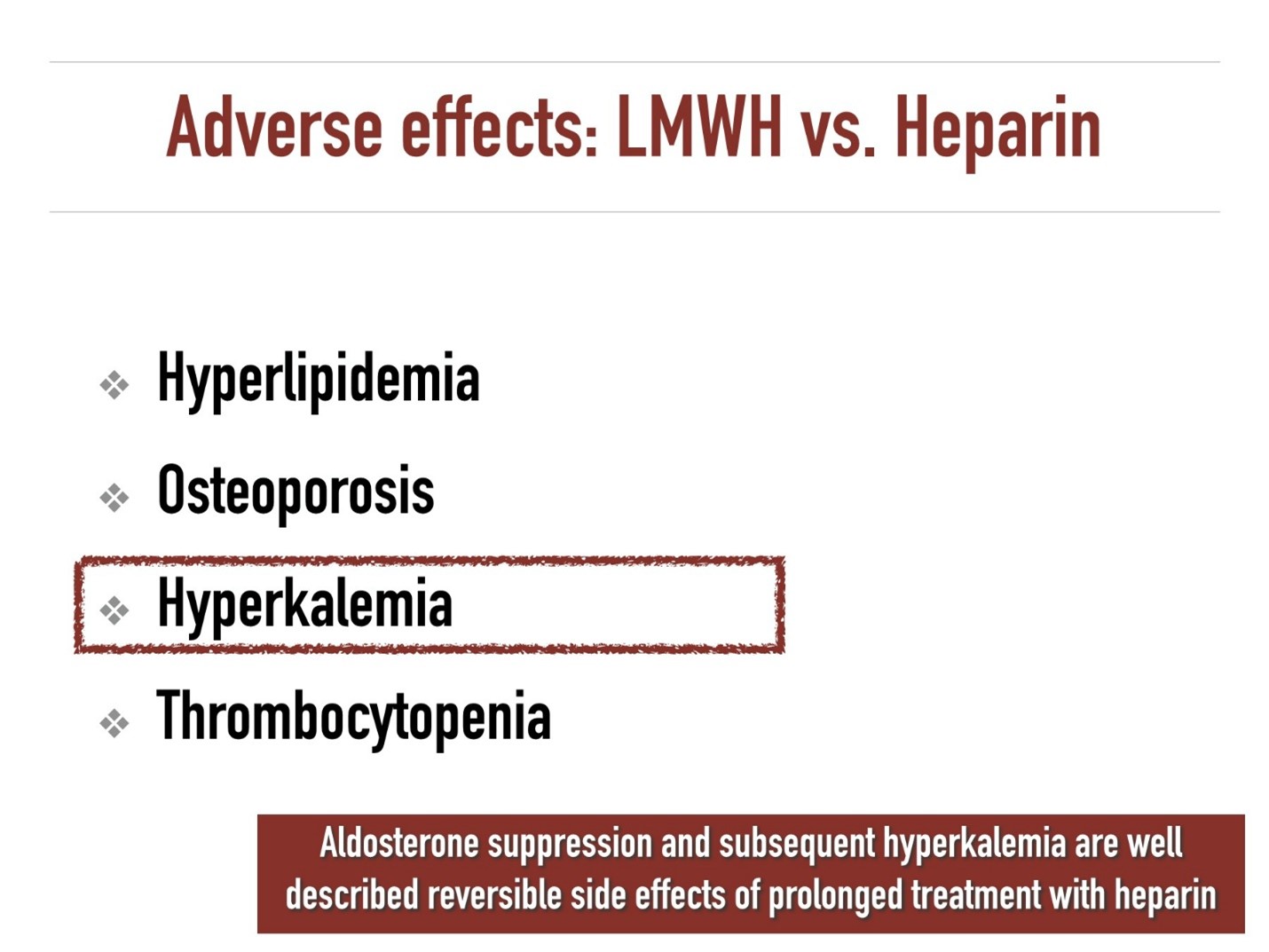A nurse recently administered filgrastim intravenously to a client who has cancer and is receiving cytotoxic chemotherapy. For which of the following data, discovered after the medication was administered, should the nurse file an incident report?
The client's absolute neutrophil count was 2.500/mm³ before the medication was administered.
The nurse flushed the client's IV line with dextrose 5% in water before and after the medication was administered.
The client had chemotherapy 12 hr before the medication was administered.
The medication vial sat at room temperature for 2 hr before it was administered
The Correct Answer is D
A. The client's absolute neutrophil count was 2.500/mm³ before the medication was administered:
Incorrect Explanation: This is a normal data point that does not suggest an adverse event or error.
Explanation: An absolute neutrophil count of 2.500/mm³ is within the normal range, and there is no indication of a problem related to the administration of filgrastim based on this information.
B. The nurse flushed the client's IV line with dextrose 5% in water before and after the medication was administered:
Incorrect Explanation: Routine flushing of the IV line with appropriate solutions is a standard practice and not indicative of an incident.
Explanation: Flushing the IV line with dextrose 5% in water before and after medication administration is a routine procedure to maintain line patency and prevent interactions between medications.
C. The client had chemotherapy 12 hours before the medication was administered:
Incorrect Explanation: The timing of chemotherapy does not necessarily indicate an incident.
Explanation: Knowing the timing of chemotherapy is important for overall patient care, but it doesn't necessarily indicate an incident or error related to the administration of filgrastim.
D. The medication vial sat at room temperature for 2 hours before it was administered:
Correct Answer: This is the data point that should lead to filing an incident report.
Explanation: Many medications, including filgrastim, have specific storage requirements to ensure their effectiveness and safety. Allowing a medication vial to sit at room temperature for an extended period can compromise its stability and effectiveness. This situation should be reported as it involves a potential deviation from proper medication storage and handling procedures.
Nursing Test Bank
Naxlex Comprehensive Predictor Exams
Related Questions
Correct Answer is B
Explanation
A. Warmer skin:
Correct Answer: This is an expected effect after taking methimazole for 2 months.
Explanation: Hyperthyroidism, including Graves' disease, can lead to an overactive metabolism, which can cause the person to feel unusually warm. Methimazole helps reduce the production of thyroid hormones, which can lead to a decrease in the metabolic rate and result in the client feeling less warm.
B. Increased sleeping:
Correct Explanation: This is an expected effect after taking methimazole for 2 months.
Explanation: Hyperthyroidism can cause insomnia or difficulty sleeping due to the increased metabolic rate and heightened levels of thyroid hormones. As methimazole helps normalize thyroid hormone levels, improved sleep patterns can be observed in clients with Graves' disease.
C. Increase in pulse rate:
Incorrect Explanation: An increase in pulse rate is not the expected effect after taking methimazole for 2 months.
Explanation: Hyperthyroidism can lead to an elevated resting heart rate due to increased thyroid hormone levels stimulating the cardiovascular system. Methimazole is used to help bring thyroid hormone levels back to normal, which should lead to a reduction in the pulse rate over time.
D. Weight loss:
Correct Explanation: This is an expected effect after taking methimazole for 2 months.
Explanation: Weight loss is a common symptom of hyperthyroidism due to the increased metabolic rate. Methimazole helps lower thyroid hormone levels, which can result in a decreased metabolic rate and gradual weight stabilization.

Correct Answer is D
Explanation
A. Increased blood pressure:
An elevated aPTT (activated partial thromboplastin time) suggests that the client is receiving heparin therapy. Heparin is an anticoagulant that prevents blood clotting. It's not likely to cause a significant increase in blood pressure directly. Changes in blood pressure may occur due to other factors, but they are not directly related to heparin therapy.
B. Decreased temperature:
Heparin administration does not typically have a direct effect on body temperature. Changes in body temperature might be due to other factors such as infection, but they are not a primary consideration when assessing the effects of heparin therapy.
C. Decreased respiratory rate:
Heparin administration is not known to directly affect respiratory rate. Changes in respiratory rate could be related to respiratory conditions, pain, or other factors unrelated to heparin therapy.
D. Increased pulse rate:
This is the correct choice. Heparin is known to affect the clotting process by inhibiting clot formation. An extended aPTT of 90 seconds indicates that the client's blood is taking longer to form clots than the normal range. This could lead to concerns about potential bleeding complications. Increased pulse rate could be an early sign of bleeding or decreased perfusion, as the body may attempt to compensate for reduced blood volume due to prolonged clotting times.

Whether you are a student looking to ace your exams or a practicing nurse seeking to enhance your expertise , our nursing education contents will empower you with the confidence and competence to make a difference in the lives of patients and become a respected leader in the healthcare field.
Visit Naxlex, invest in your future and unlock endless possibilities with our unparalleled nursing education contents today
Report Wrong Answer on the Current Question
Do you disagree with the answer? If yes, what is your expected answer? Explain.
Kindly be descriptive with the issue you are facing.
